Conical Flask with Stopcock
Conical Flask with Stopcock
pyrex, borosilicate glass
A Conical Flask with Stopcock also known as an Erlenmeyer flask, or a titration flask, is a type of laboratory flask which features a flat bottom, a conical body, and a cylindrical neck. It is named after the German chemist Emil Erlenmeyer (1825–1909), who created it in 1860.
Erlenmeyer flasks have wide bases, with sides that taper upward to a short vertical neck. They may be graduated, and often spots of ground glass or enamel are used where they can be labeled with a pencil. It differs from the beaker in its tapered body and narrow neck. Depending on the application, they may be constructed from glass or plastic, in a wide range of volumes.
Available in:
- 50 ml
- 100 ml
- 250 ml
- 500 ml
- 1000 ml


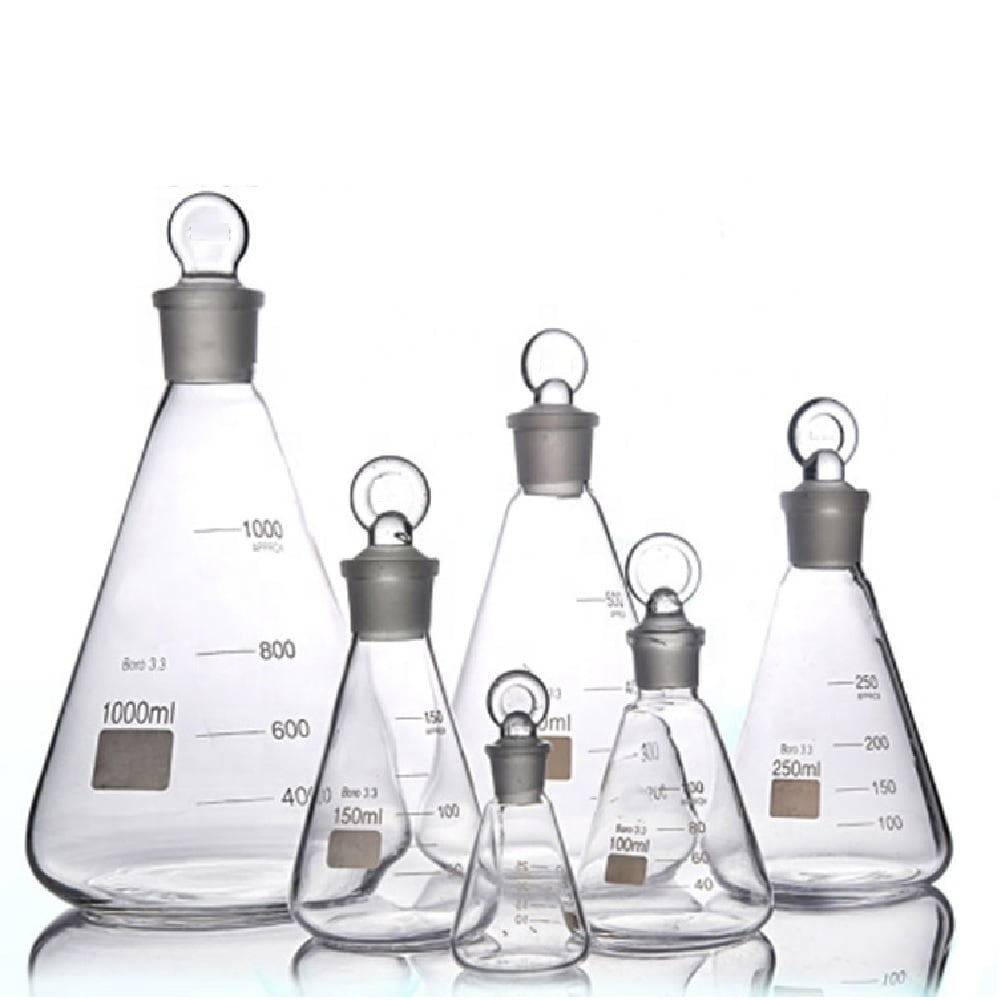
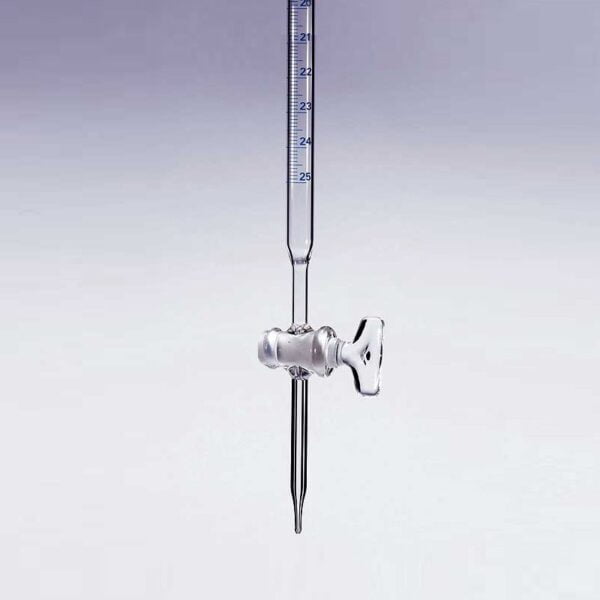
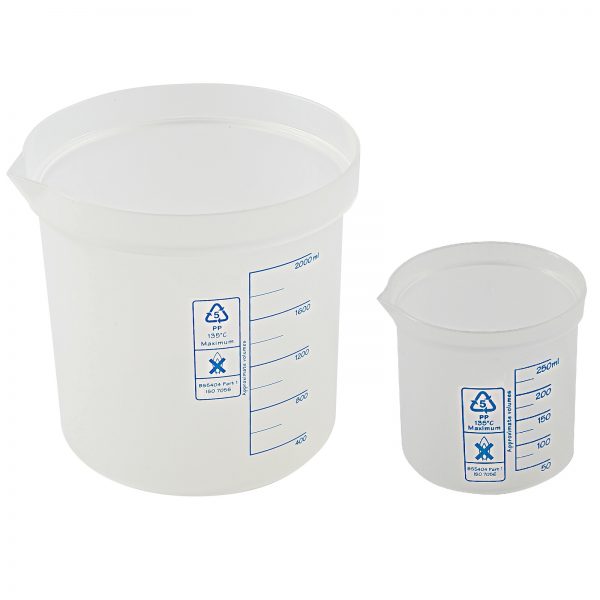


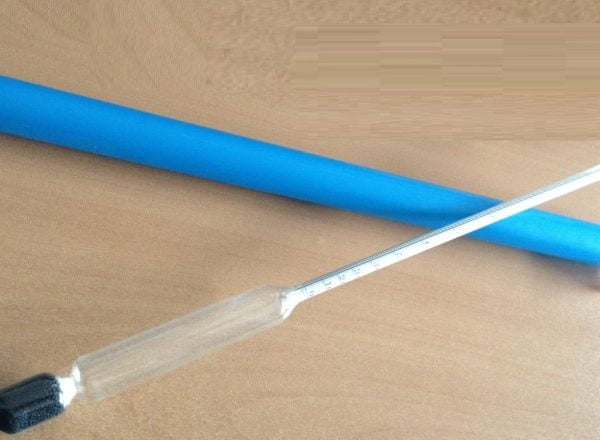
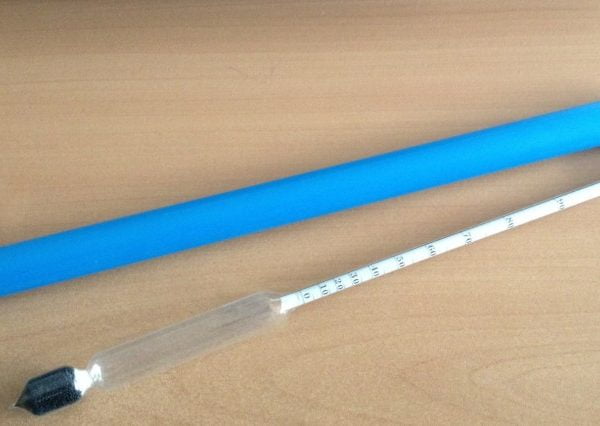
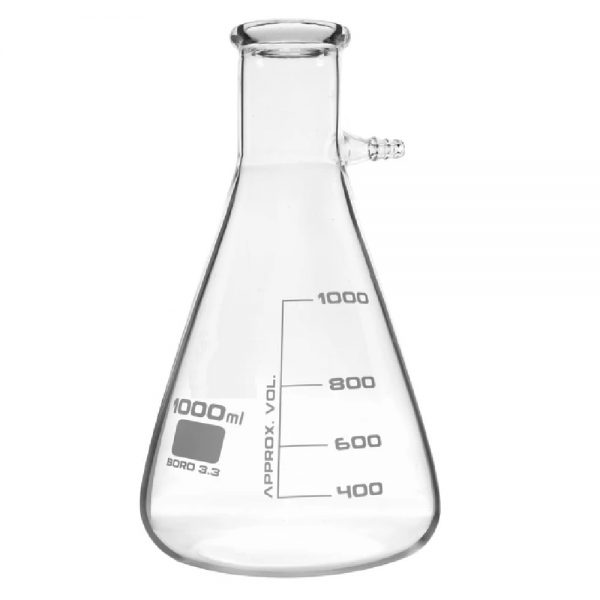



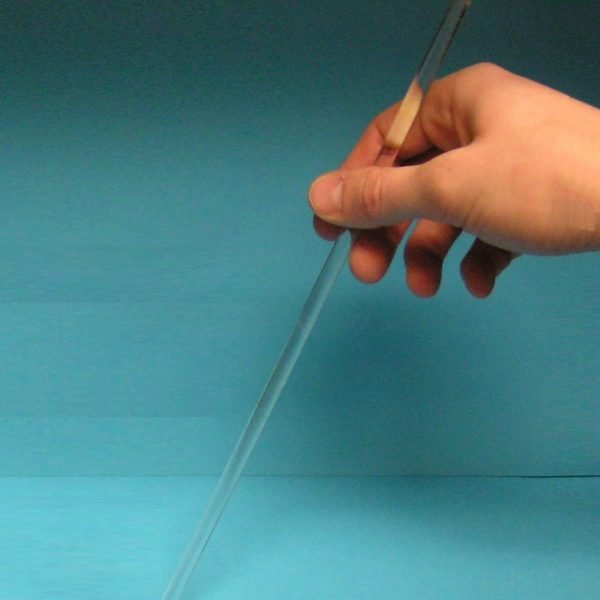

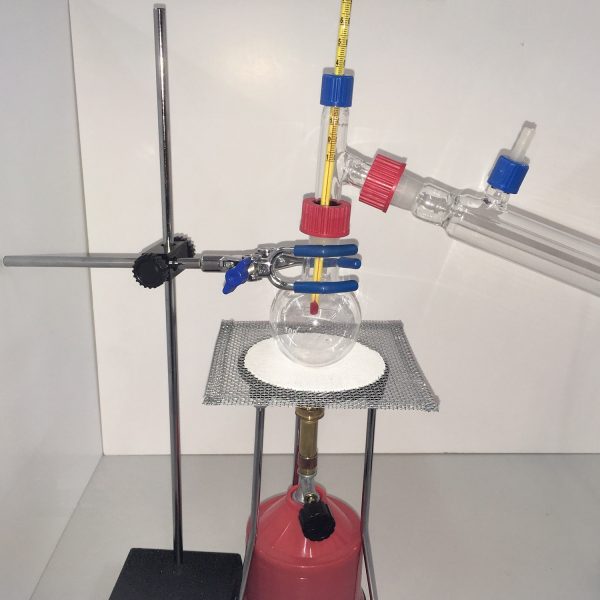
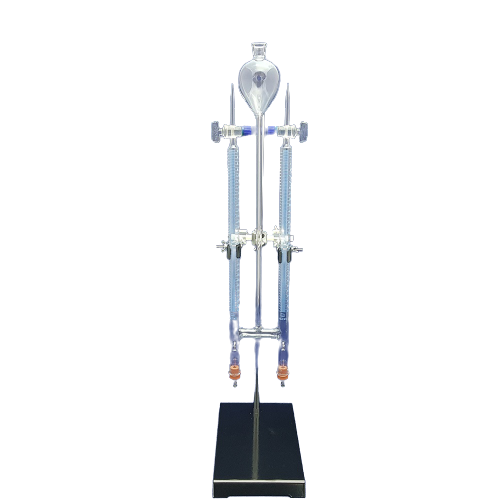
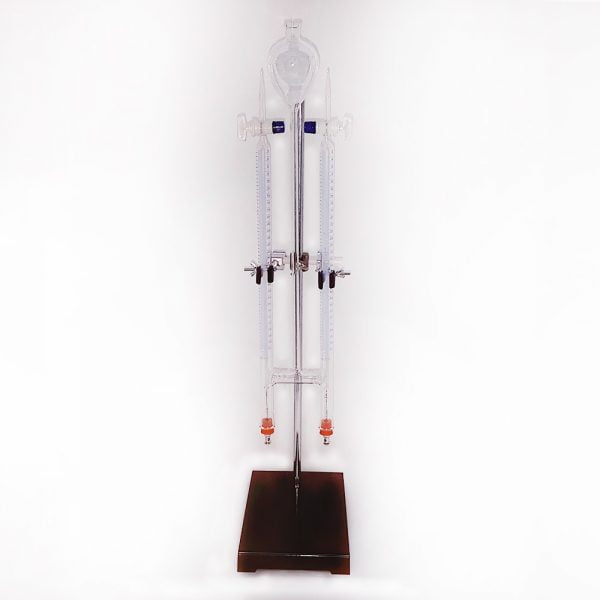

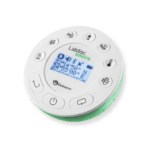 Labdisc
Labdisc Botzees
Botzees Edison
Edison Telepresence Robot
Telepresence Robot DOBOT
DOBOT Keyestudio
Keyestudio Fischertechnik
Fischertechnik